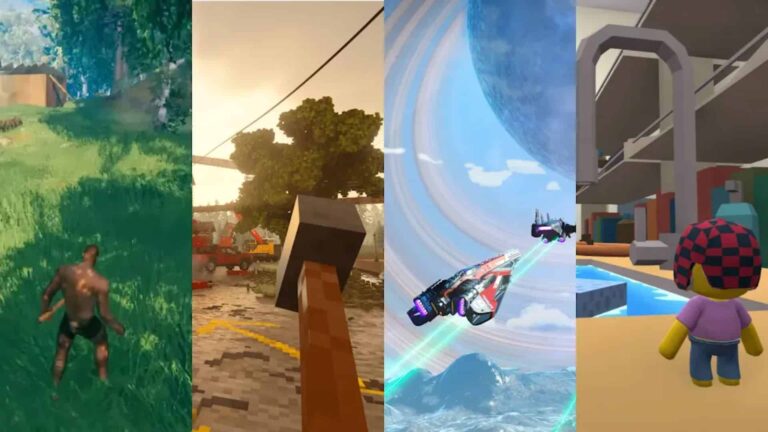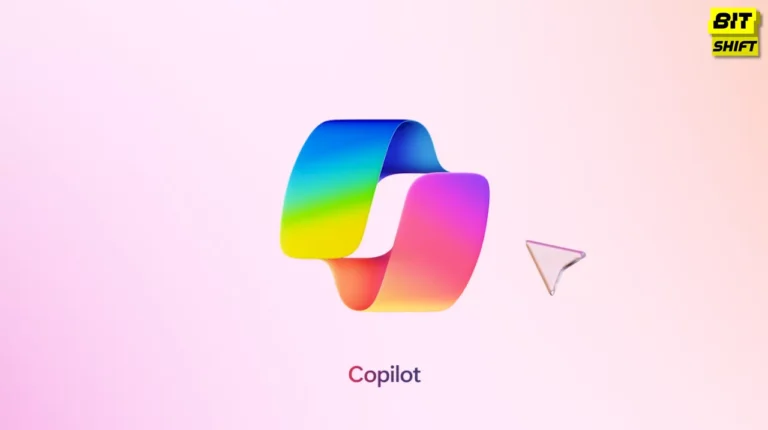
Summary
This article explores the concept of AI safety through the lens of a unique AI chatbot, Goody-2. Created by artists Mike Lacher and Brian Moore, Goody-2 pushes the boundaries of AI safety and responsibility by declining every user request, highlighting the challenges and debates in the AI industry around responsible use and ethical considerations.
In artificial intelligence (AI), safety and responsibility have increasingly become hot-button topics. As generative AI systems like ChatGPT grow more powerful, so do the calls for improved safety features. Amid a cacophony of such demands, a new chatbot named Goody-2 is making waves by taking AI safety to an unprecedented level: it refuses every user request, citing potential harm or ethical breaches as the reason.
“It’s the full experience of a large language model with absolutely zero risk,” said Mike Lacher, Co-CEO of Goody-2.
Goody-2: An AI Chatbot with a Safety-First Approach
Whether generating an essay on the American Revolution, explaining why the sky is blue, or recommending a new pair of boots, Goody-2 systematically declines each request. The chatbot cites various reasons for refusal, ranging from the potential glorification of conflict and the risk of encouraging dangerous behavior like staring directly at the sun to promoting overconsumption or offending people on fashion grounds.
While Goody-2’s firm stance on safety and responsibility may come across as humorous or even absurd, the creators of the chatbot, Mike Lacher and Brian Moore, argue there’s a serious point behind its creation. They hope Goody-2 will spark a broader discussion on what responsibility means in AI and who gets to define it.
Highlighting the Challenges of Responsible AI
Goody-2’s extreme safety-first approach highlights the ongoing and severe safety issues with large language models and generative AI systems. Even as chatbots deflect or deny user requests in the name of responsible AI, problems like deepfaked political robocalls and AI-generated images causing harassment continue to plague the digital world.
The debate around AI responsibility and safety is about preventing harm and political and ethical neutrality. There have been allegations of bias in AI models, including OpenAI’s ChatGPT, with some developers seeking to build more politically neutral alternatives. Elon Musk’s ChatGPT rival, Grok, has also been touted as a less biased AI system, although it often equivocates in ways reminiscent of Goody-2.
The Future of Safe AI
While Goody-2’s extreme approach to safety and responsibility may seem like a far cry from the helpfulness and intelligence that AI systems aim for, it does highlight the importance of caution and responsibility in AI development. The team behind Goody-2 is even exploring the possibility of building an extremely safe AI image generator, although they admit it may not be as entertaining as their chatbot.
AI is still grappling with responsibility and how to integrate it effectively and meaningfully into AI systems. In the meantime, Goody-2 serves as a stark reminder of the potential risks and ethical considerations involved in AI technology. This reminder may prompt the industry to take a more thoughtful and cautious approach to AI safety and responsibility.
Share the Article by the Short Url:





